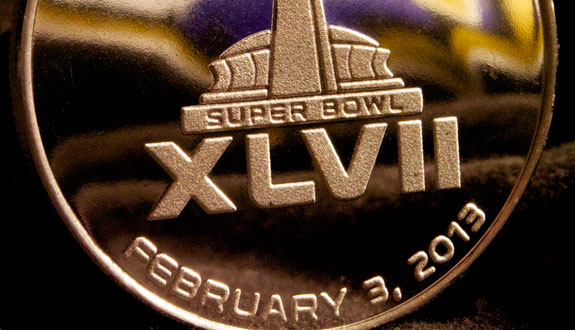What LSAT Prep Students Can Learn From Super Bowl XLVII
- by
- Feb 05, 2013
- LSAT, Sports
- Reviewed by: Matt Riley


There was a lot to be learned from yesterday’s Super Bowl. Joe Flacco is a very good quarterback who cusses like a sailor. Refs are less likely to throw their flag in the closing minutes. And Beyonce’s still got it.
But for anyone studying for his or her first LSAT, the one player with a lesson to teach was San Francisco 49ers quarterback Colin Kaepernick. Kaepernick’s stats were impressive enough (302 passing yards, 62 rushing yards, and 2 touchdowns), and he was critical in his team coming back from a 17-point deficit, but the general feeling is that the Niners came up short (five yards, to be exact) of their potential.
Despite losing the Super Bowl, Kaepernick’s season was eye-opening, to say the least. He only started 10 games and (counting the Super Bowl), only lost two of them. He set all kinds of records, including the longest rushing touchdown by a quarterback in Super Bowl history.
Yet it still feels like he came up short.
If you’re an LSAT prep student, use Kaepernick as an example. Sure, he came on strong late in the season (like one might in his or her final weeks of LSAT prep), but when it came to the most critical moments on the big stage (your toughest section on LSAT test day), he lost his composure and cost the team (your LSAT score).
The play everyone’s talking about was a fourth-and-goal from the 5-yard line with just under two minutes to go and the Niners down five. Kaepernick threw a fade to Michael Crabtree in the corner of the end zone. There was some contact between Crabtree and defensive back Jimmy Smith, but no flag for pass interference. San Francisco head coach Jim Harbaugh was very critical of the no-call, which gave the ball back to Baltimore and essentially sealed the team’s second Super Bowl victory.
The takeaway from the play for anyone studying for the LSAT is, you can’t expect any kind of bailout. If you prepare as you should, you should be able to convert — either the touchdown or a great LSAT score. If you fall short, you have no one to blame but yourself.
Then again, you can always cut the power at your LSAT testing center midway through the exam.
Search the Blog

Free LSAT Practice Account
Sign up for a free Blueprint LSAT account and get access to a free trial of the Self-Paced Course and a free practice LSAT with a detailed score report, mind-blowing analytics, and explanatory videos.
Learn More
Popular Posts
-
logic games Game Over: LSAC Says Farewell to Logic Games
-
General LSAT Advice How to Get a 180 on the LSAT
-
Entertainment Revisiting Elle's LSAT Journey from Legally Blonde








